The Photography History Timeline: From Past to Present
Michael • updated June 28, 2022 • 10 min read
Michael • updated June 28, 2022 • 10 min read
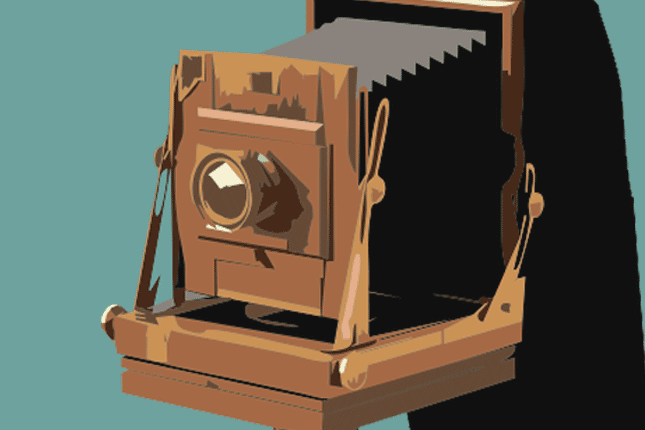
The history of photography is a long and fascinating one, dating back to the early days of the camera obscura. In this article, we will take a brief look at the major milestones in the history of photography, from the invention of the daguerreotype in 1839 to the development of digital photography in the late 20th century.
We will also discuss the impact of photography on society and culture, and how it has changed the way we see the world.
Content
The term photography derives from Greek and means “writing with light.” Photographs are created by capturing light with a tool. In photography, you take pictures by capturing light with a device. When you take a photo, you are taking a photograph. Being a photographer is also a profession. Most photos today are taken with tiny cameras built into smartphones.
When you take a photo, two things happen: light is captured, and stored. When captured, a camera works much like our eye: the light hits the lens of our eye, the lens narrows the light rays, and the bundle of light then falls on the retina
The bundled light in the camera falls through a lens onto a film or a light-sensitive disk, the sensor. The light is captured by the sensor and converted into a photograph. A lens is made up of one or multiple lenses.
It had to be painted or drawn if you wanted an image of something or someone. Photography changed all of that. People eventually learned to copy images, even in newspapers. Until then, most people had no idea what their ruler or a famous writer looked like.
But people also liked to have photos taken of themselves and their relatives. Before that, most people didn’t even know what their grandparents looked like as children, because having paintings done was much more expensive.
All sorts of scientists and explorers also took photos of their work. Photographer William Henry Jackson traveled through the Yellowstone area of North America around 1870.
His photos got people excited about the natural world there.
That helped get the Yellowstone area declared a national park. In a national park, plants and animals are protected, and you can’t just hunt there.
There were journalists that took photos of wars. So the newspaper readers could see how it really looks there.
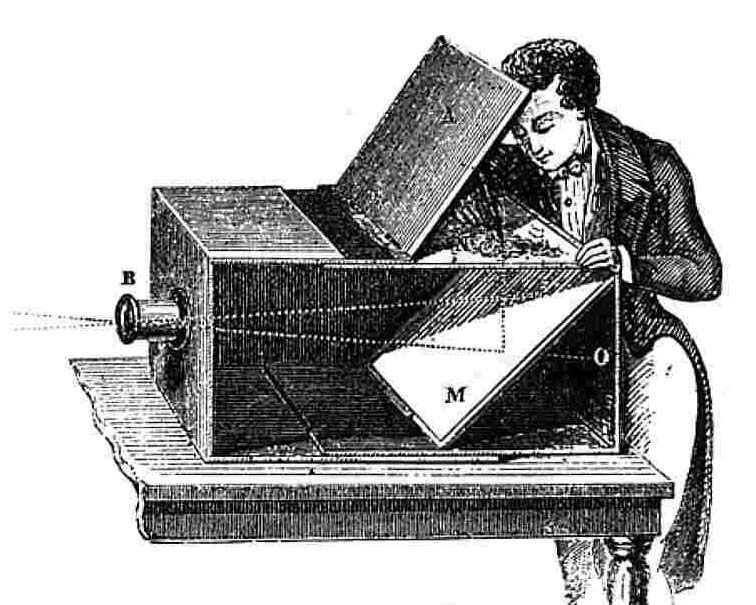
Photography was not “created” in a matter of years at the start of the 17th century. Its development was a very long process, dating back to the 4th century BC.
It is believed that at that time Aristotle was tinkering with the camera obscura, the prototype of a camera.
This – translated as a dark chamber – was a darkened room with a small hole in the wall. The light that passed through it cast a vertically and horizontally reflected image of the outside world onto the opposite wall.
Leonardo da Vinci’s writings contained the first drawings of the camera obscura. He compared it with the human eye.
This allowed Johann Zahn and others in the 17th century to develop it further into a portable box.
Greek and Chinese philosophers explain the basic principles of optics and the camera around the fifth century B.C.
The Chinese were the first to uncover the basic pinhole camera concept. They talked about how a picture was generated upside down from a “pinhole” on the opposite wall in the 5th century B.C.
Aristotle was the first to recognize the pinhole image principle (384-322 BC). In his writings, Problemata Physica the creation of an upside-down picture by a Camera Obscura was already described.
The camera obscura was invented by the Iraqi scientist Alhazen (965–1040 AD) detailed in his book on optics.
Ibn al-Haytham (c. 965–1040 AD), generally known as Alhazen, was an Arab physicist who produced dissertations about the camera obscura, involving experiments with light via a tiny window in a darkened chamber. The camera can be traced back to him and he is credited with inventing the pinhole camera.
While the effects of a single light passing through a pinhole had previously been described, Ibn al-Haytham provided the first correct analysis of the camera obscura, including the first geometrical and quantitative descriptions, and was the first to use a screen in a dark room to project an image from one side of a hole in the surface onto a screen on the other side.
From the end of the 13th century, the camera was used by astronomers for the observation of the sun, since one does not harm the eyes in such a way.
Leonardo Da Vinci realized that the pinhole camera principle may also be observed in the human eye.
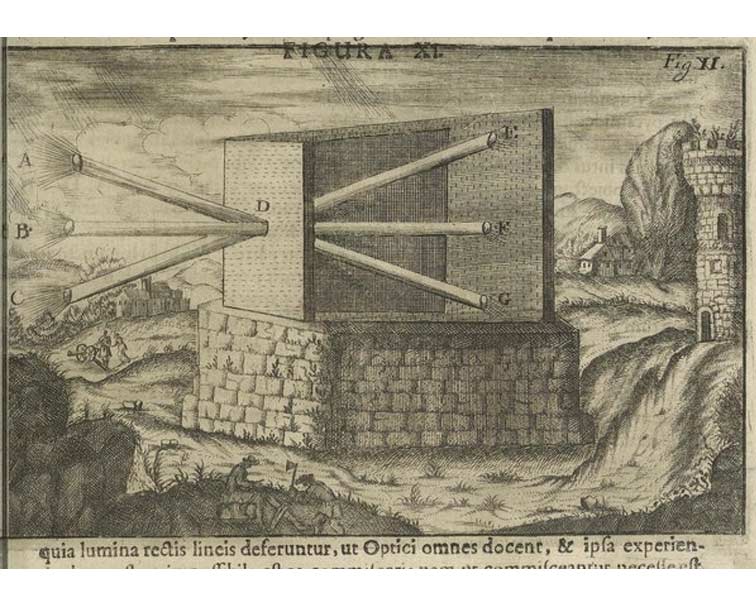
Image: publicdomainreview.org
Johann Zahn envisioned the first camera small and portable enough to be viable for photography (that is, actually capturing the image on some type of media) in 1685. However, it would be over 150 years before technology caught up to the point where this could be built.
The simple hole in the camera was replaced by a lens, which produced sharper images. In 1685, Johann Zahn constructed a transportable camera that worked with mirrors.
Frenchman Joseph Nicéphore Niepce (1765-1833) is considered to be the first person to capture images on a light-sensitive film. He used a camera obscura, a long-known device for projecting images of the outside world onto surfaces.
He succeeded in capturing these images on chloride silver paper. They were, however, not light-resistant and quickly faded.
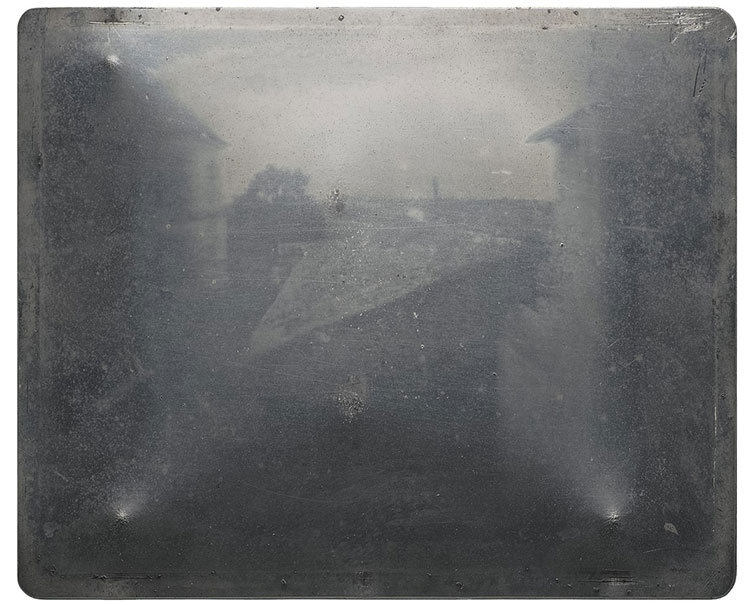
For this purpose, he used light-sensitive layers such as silver salt or chloride silver paper. This turns black as soon as it comes into contact with light.
In 1826, he finally managed to take the first durable picture. It shows the view from his study in Le Gras in eastern France and is still completely preserved today.
However, since it is still very fragile, it is safely stored in a box filled with argon gas.
For almost 9 hours, he had exposed a metal plate coated with asphalt for the shot. That is really unthinkable in this day and age!
He then removed the parts that had not yet hardened from exposure to sunlight with lavender oil and turpentine. In this way, he fixed the image so that it would not fade.
After many years of experimentation, Daguerre discovered that even a short exposure to an iodine-silver plate produced a latent (invisible) image that could be fixed by vaporizing it with mercury.
Louis Daguerre exposed a photographic plate but then abandoned the operation due to inclement weather. He put the plate in one of his storage cupboards. He later looked at it one more time, he was surprised to discover that an image had appeared on it. Some substance in his cabinet must have been able to shorten the exposure time of the plate.
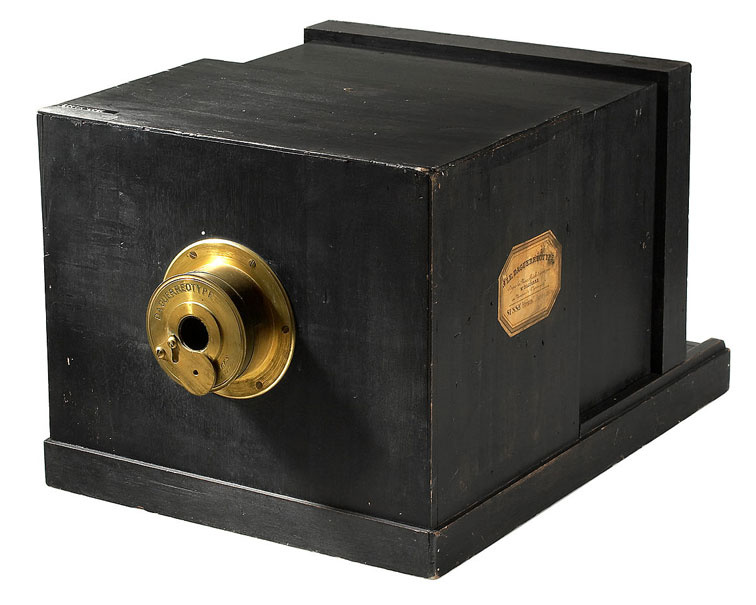
He took each of the chemicals from the cabinet one at a time, each time inserting a new photographic plate to identify which chemicals had triggered this result. Only a few drips of unintentionally spilled mercury remained in the end.
Smart man Daguerre realized the solution to the mystery. Photographic plates treated with mercury vapors require shorter exposure times than untreated ones.
After numerous attempts, he succeeded in reducing exposure times to four minutes in summer and 15 minutes in winter.
In 1839, Daguerre and Isidore Niepce, the son of the now-deceased pioneer, signed a contract with the French government, which thereby obtained the right to present the so-called daguerreotype to the public.
The government considered the discovery so significant that it expected it to boost popularity. However, daguerreotype photographs were one-of-a-kind.
With the calotype, a paper-negative-positive process invented by William Henry Fox Talbot, this problem was solved. Although the quality and brilliance could not be compared with the daguerreotype, it was possible to make several prints from one image.
Gaspard-Félix Tournachon (1820–1910), also known as Nadar, was a French photographer, caricaturist, journalist, author, and balloonist. He was the first man to take aerial pictures in 1858.
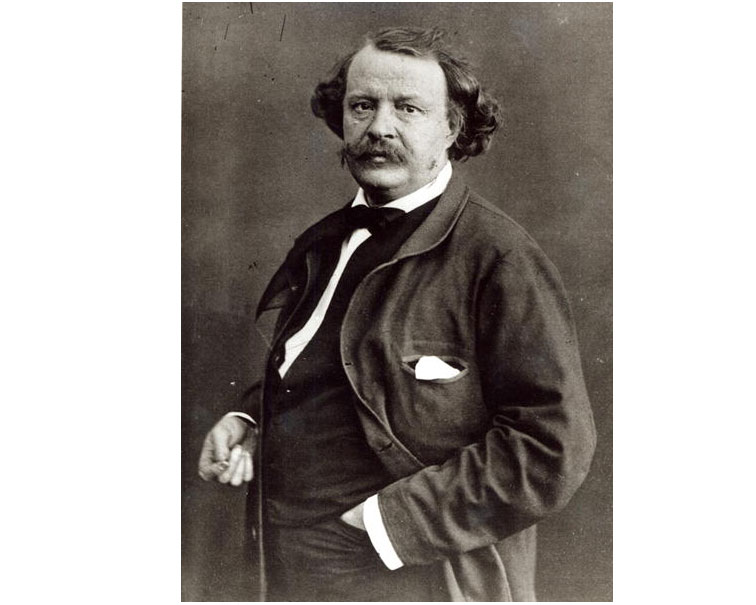
Before photography emerged as an independent art genre, painting dominated the art scene. As late as the 19th and early 20th centuries, photographers were regarded by artists as inferior rivals.
Usually, portraits were taken by painters at this time, who now feared competition from photographers. Nevertheless, the first artists integrated photography into their work process.

The first “selfie” in history was taken in 1839 by the American lamp manufacturer and photography enthusiast Robert Cornelius: with the help of the daguerreotype. Business-minded photographers immediately recognized the commercial added value of reproducing images.
Photo coloring has been around for 175 years. Its long development was marked from indignation to full enthusiasm. Until the development of photo coloring, pictures were black and white. Thus, voices were raised in public that the color would distort the photo and take away its authenticity.
In 1861, James Clark Maxwell a mathematician and scientist from Scotland created the first color image without the need for hand coloring. This was far from perfect, but it was the first photo of its kind.

With the invention of ferrotyping in the 1860s, a direct positive process, photographs finally became affordable to the general public. The initial disbelief was quickly replaced by full delight. The years between 1900 and 1940 in particular can be described as years of colorization.
With the autochrome process in the 1950s, color photos also became economically viable. Finally, starting in the 1970s, color coloring became indispensable.
In the 1850s, nude photographers such as Alexis Gouin and Bruno Braquehais produced the forerunners of classic pin-up photos with their erotic depictions. This kind of picture found a wide market as everybody knows “sex sells”. Nudes are still part of the fixed repertoire of many photographers, but only a few find the fine line between aesthetics and eroticism.
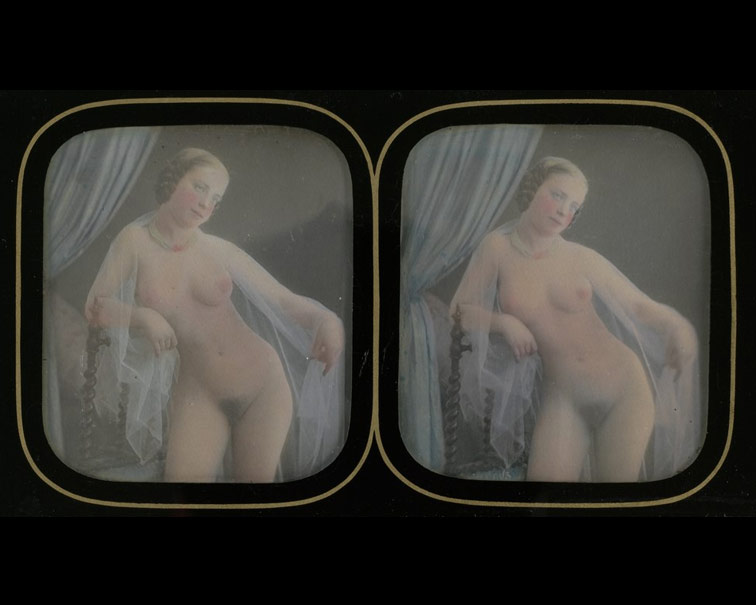
Talbot’s technique was coarse-grained and had limited resolution. The grain of the paper was also always clearly visible. With his wet collodion method, Frederick Scott Archer solved this limitation in 1851. The cotton (collodion) dissolved in ether employed in the method gave rise to the name. The light-sensitive substance (silver halide) was applied on glass plates using this method.
The resolution was much better, but the effort remained enormous. Collodion is a colorless, thick liquid that quickly solidifies in the air. As a result, the material had to be exposed and developed before it dried.
The next breakthrough came in 1871 with Richard Leach Maddox. Using a layer of bromide silver gelatin, he succeeded in developing a dry plate that was in no way inferior to wet plates in terms of sensitivity.
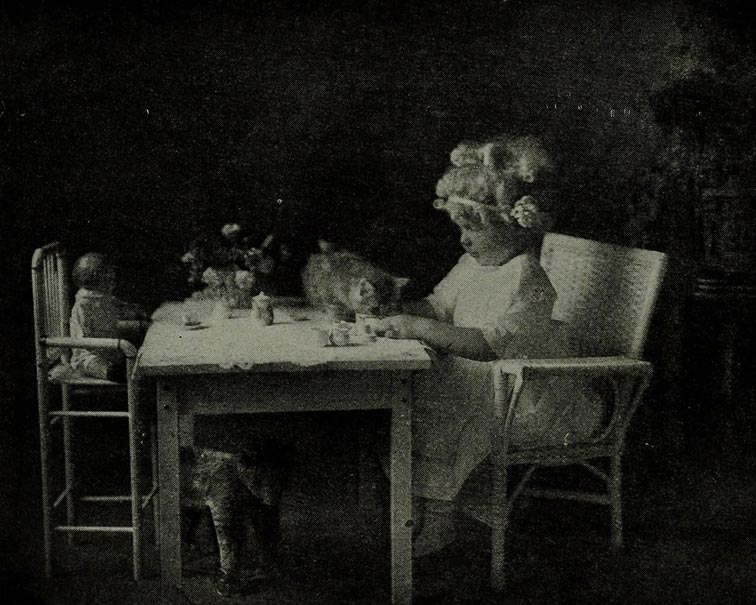
Leon Warnecke aka Władysław Małachowski invented the first roll film as early as 1875. His film was initially developed using collodion, and afterward using the dry gelatin method.
The fact that films could be kept before exposure was a big deal. This brought up an entirely new set of possibilities.
The plates used in the early years of photography as a carrier for the light-sensitive layer made handling much more difficult. Not only was the weight a nuisance: but a new plate also had to be inserted into the camera for each picture.
George Eastman had been an American inventor and businessman. He started the “Eastman Kodak Company” with the intention of making photography accessible to everybody. He simplified photography to the point that the photographer only needed to click a button to capture a shot. Eastman was inspired by Warnecke’s idea when he created the first commercial roll film camera in 1884.
Eastman roll film consisted of 100 rolls of photosensitive papers, which were called first stripping film and then named as American film. The film was marketed as “Eastman’s American Film.” They changed then the company’s name from “The Eastman Dry Plate Company” to “The Eastman Dry Plate & Film Company”.
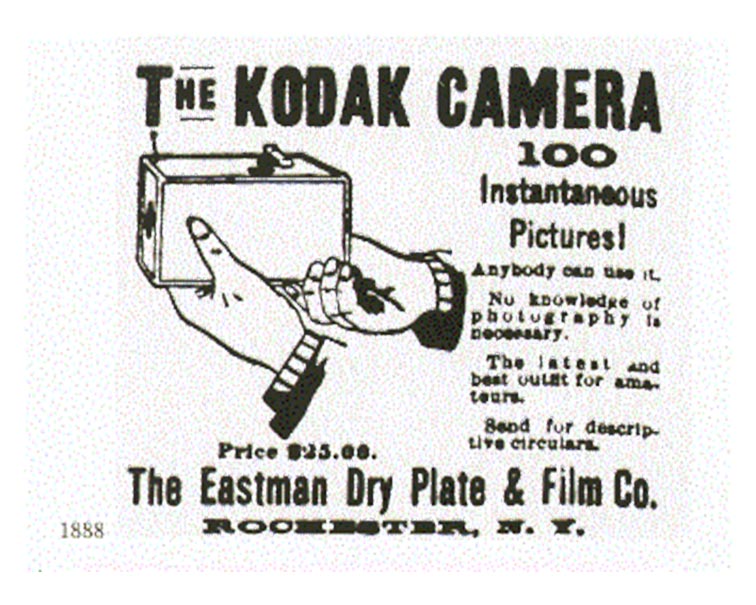
In 1888, George Eastman invented the Kodak camera (“Kodak” was a word he coined), and it was the first camera to use roll film. He invented the advertising tagline “You press the button, we do the rest,” which instantly caught on with consumers.
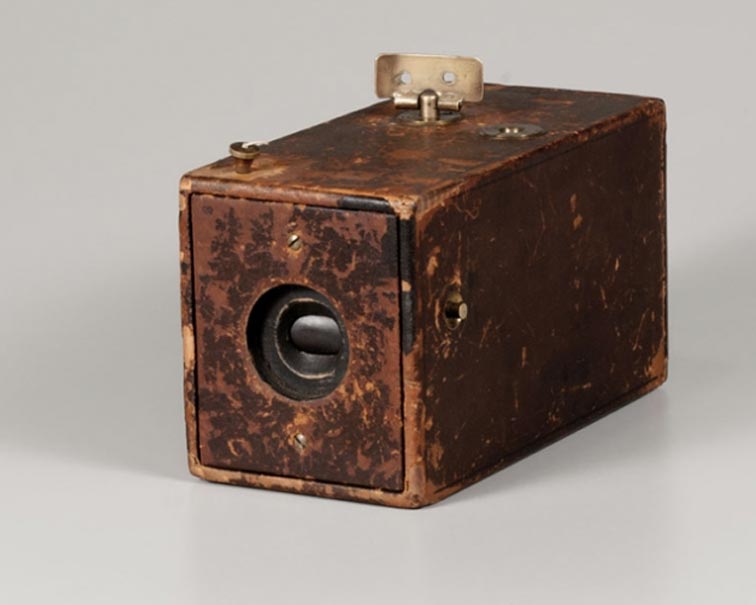
For his first self-developed camera models, he offered this work as a service. Anyone who had used up their roll film could send the entire apparatus to Kodak and a short time later gets back the prints and a camera loaded with fresh film. This is one of the main reasons why photography was able to become increasingly popular since the turn of the century.
In addition to developments that simplified and improved the quality of the process, hard work was also done to design more manageable cameras.
Oskar Barnack provided the decisive trigger for this in the mid-1920s: He developed a very compact viewfinder camera with a 50mm lens: the Leica. After a full 12 years of development, he presented it in Leipzig in 1925.
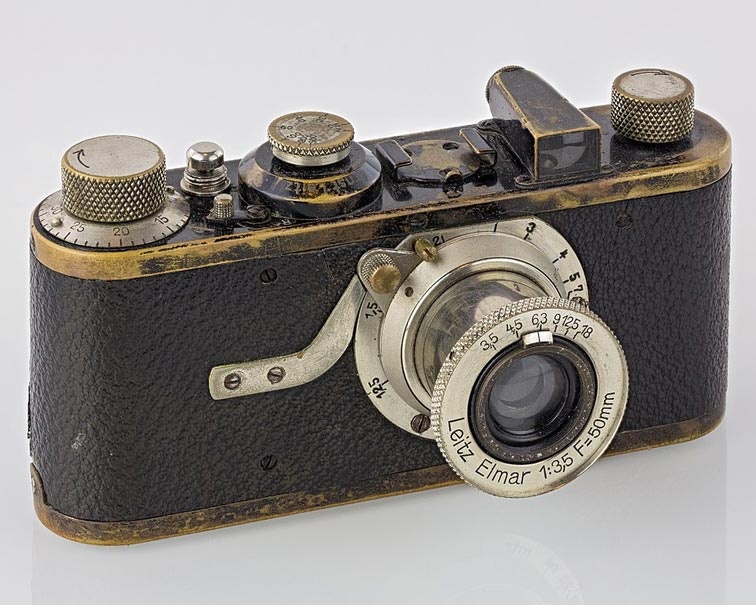
Image credits: © Kameraprojekt Graz 2015 / Wikimedia Commons /
Compared to the well-known cameras of the time, it was a real innovation due to its handy format.
In times of economic crisis, it was a great financial risk to produce a complex camera consisting of over 190 individual parts. It became a new standard that has been copied countless times to this day.
Incidentally, the format (24×36 mm) is still used in SLR cameras today and is the most widely used format in the world. It originally developed from the enlargement of the silent film format.
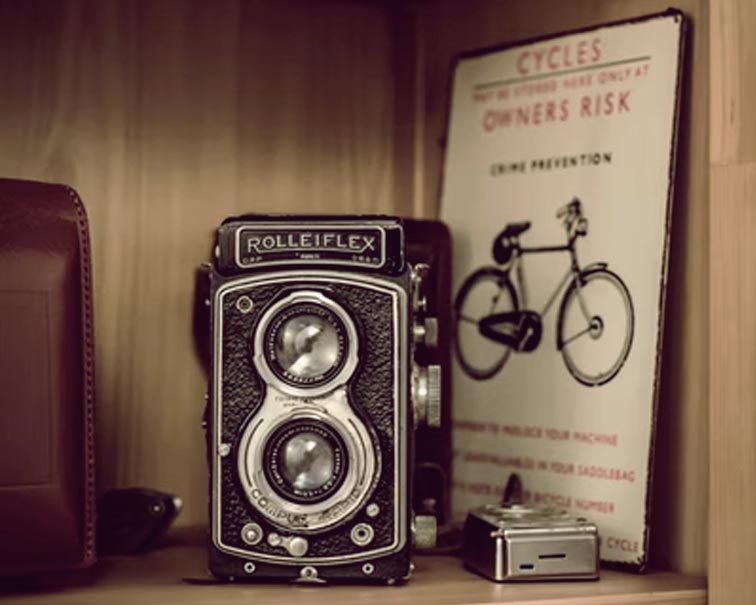
Franke & Heidecke introduced the initial Rolleiflex TLR in January 1929, following the construction of eleven prototype units in 1927-28 and 12 manufacturing samples in late 1928. This simple camera was designed for the general public.
The Ihagee Kine-Exakta is regarded as a watershed moment in camera design. Although the Russian Sport claimed to be the first 35mm SLR, it made minimal market impact and had little or no influence on the future of camera design became a little footnote in history.

Image credits: ©Minya S / Wikimedia Commons /
The very first successful implementation of a self-developing ‘instant’ film camera was the Polaroid Land Camera. Although several firms successfully advertised and sold instant cameras, throughout the second half of the twentieth century, the word “Polaroid” grew the synonym for instant photography.
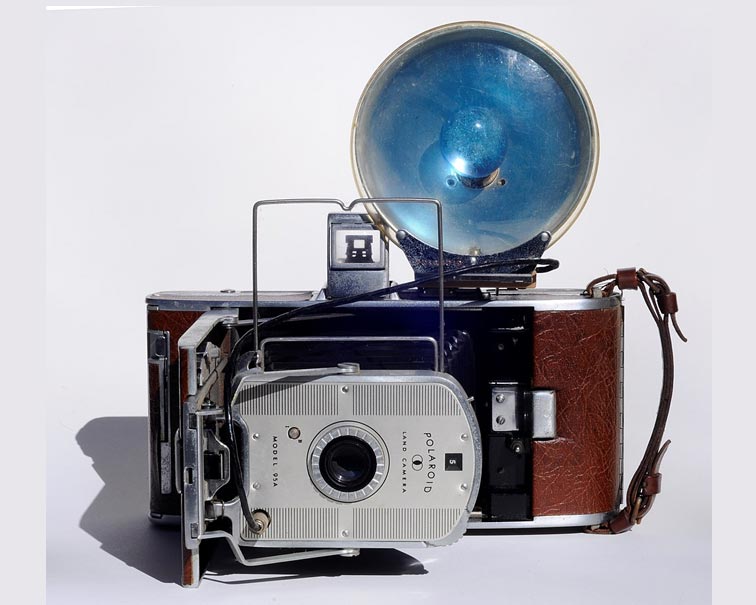
Image credit: ©Jarek Tuszynski / Wikimedia Commons /
The 95 is a big camera that used an early kind of instant roll film that is removed from the camera one exposure at a time. The development time was somewhat more than a minute, which was slow by subsequent instant film standards but groundbreaking when it was initially launched in 1948. The 95 took pictures with Polaroid 40-series film, which was retired in 1992.
The first commercial CCD sensor had a total of 0.01 megapixels (100×100 pixels). It was introduced by Fairchild Imaging in 1973.
Ten years later, the first predecessors of digital cameras appeared: the so-called still video cameras.
These can be considered a “blend” of analog and digital. Here, the image is captured electronically with the help of a CCD sensor but is then recorded in analog form on a magnetic storage disc.
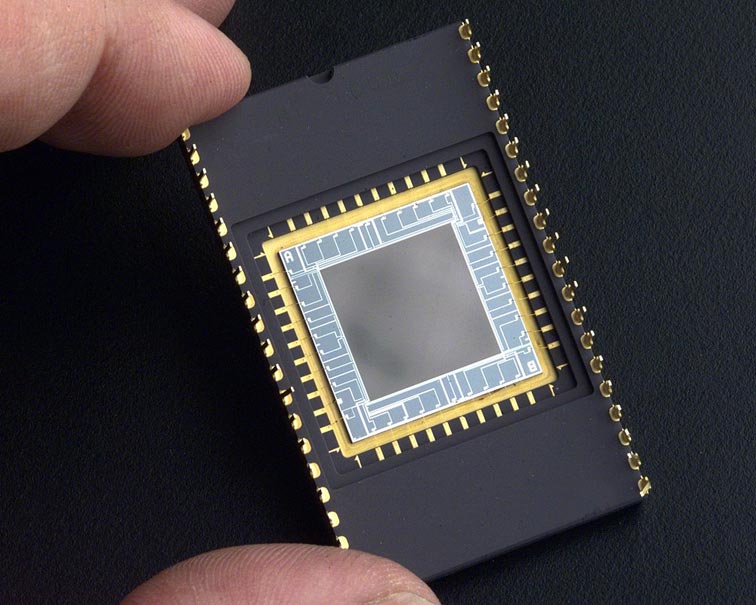
The timeline of photography history continues to the present day, with digital imaging coming into play by most photographers. Because of the various formats, storage and display possibilities, and simplicity of transferring photographs, digital is an excellent medium for photography.
The first digitally recorded photographs were made in a Kodak lab in 1975, and the 0.01 MP image took 23 seconds to capture. The camera was simple, but the recording gear weighed 8 pounds.
Several point-and-shoot cameras from computer firms and larger camera manufacturers were some of the first digital cameras in the 1980s and 1990s. From about 1989 through the early 2000s, Fujifilm and Kodak worked alongside Canon and Nikon to develop digital cameras that met the needs of pros.
Nikon then released the D1 in 1999. This was the first time a large camera manufacturer designed and produced a camera expressly to be used as a digital system camera.
By 2004, the resolving capability of the Canon EOS 1D Mark II sensor had surpassed that of the former industry norm Kodachrome slide film. Digital technology was here to stay. DSLRs had largely replaced 35mm SLR cameras.
Professional equipment even delivered resolutions of up to 39 megapixels and more. This also enables larger prints of digital images.
Digital cameras also became increasingly popular for private use from the 2000s onward. In 2003, for the first time, more digital cameras were sold than analog cameras.
More about photography history:
The Kodak Girl: Women in Kodak Advertising
Lessons From Kodak’s S-Curve Problems
New Kodak Professional Portra 160 Film
The Photographer’s Mirror
Selfie, national #Selfie portrait gallery
Daguerreotypes: haunting, beautiful and storied pictures
The famous camera obscura was the first camera. It is made out of a box with a small hole in the wall through which light can enter and project the outside world.
Using the principle of the camera obscura, which dates back to the 4th century BC, Joseph Nicéphore Niepce built the first camera and took the first durable photograph.
On May 17, 1861, Scottish mathematician James Clark Maxwell showed the world the first color photograph.
In the early 1970s, the first digital CCD sensors were invented. The first commercial digital cameras were introduced in the 1990s.
Related Articles
Your thoughts and questions